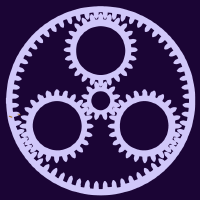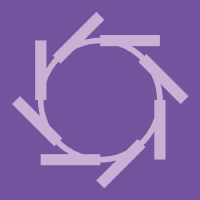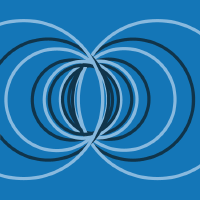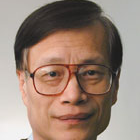Topic Menu
► Topic MenuTopic Editors

Ghost Imaging: From Quantum to Artificial Intelligence
Topic Information
Dear Colleagues,
Ghost imaging is an alternative to conventional image capture with digital cameras, which can achieve greater sensitivity and/or resolution than classical optics utilizing correlation measurement. Ghost imaging has been demonstrated both with quantum light and classical light sources. It has been quickly adapted to other fields, including time domain imaging, X-ray imaging, THz imaging, and neutron imaging. In addition, with the advances in artificial intelligence, ghost imaging through deep learning has recently shown significant improvements in speed, resolution, and robustness. Recent developments in methods and techniques have made it possible to move from proof-of-principle to applications, such as biomedical imaging and earth and space science. Our intention is to present a variety of ideas, results, and discussions about ghost imaging in this issue. We hope this could be helpful to further research and practical applications of ghost imaging itself and research and practical applications in other fields.
Dr. Tao Peng
Prof. Dr. Yanhua Shih
Topic Editors
Keywords
- quantum imaging
- ghost imaging
- super-resolution imaging
- turbulence-free imaging
- remote sensing
- deep learning ghost imaging
Participating Journals
| Journal Name | Impact Factor | CiteScore | Launched Year | First Decision (median) | APC |
|---|---|---|---|---|---|

Entropy
|
2.7 | 4.7 | 1999 | 20.8 Days | CHF 2600 |

Instruments
|
- | 2.7 | 2017 | 21.5 Days | CHF 1400 |

Photonics
|
2.4 | 2.3 | 2014 | 15.5 Days | CHF 2400 |

Quantum Beam Science
|
1.4 | 3.1 | 2017 | 22 Days | CHF 1600 |

Quantum Reports
|
- | 3.3 | 2019 | 18.7 Days | CHF 1400 |

Sensors
|
3.9 | 6.8 | 2001 | 17 Days | CHF 2600 |

MDPI Topics is cooperating with Preprints.org and has built a direct connection between MDPI journals and Preprints.org. Authors are encouraged to enjoy the benefits by posting a preprint at Preprints.org prior to publication:
- Immediately share your ideas ahead of publication and establish your research priority;
- Protect your idea from being stolen with this time-stamped preprint article;
- Enhance the exposure and impact of your research;
- Receive feedback from your peers in advance;
- Have it indexed in Web of Science (Preprint Citation Index), Google Scholar, Crossref, SHARE, PrePubMed, Scilit and Europe PMC.


